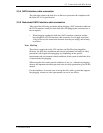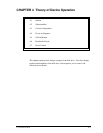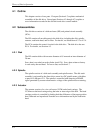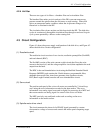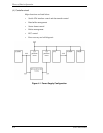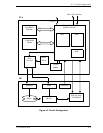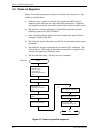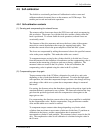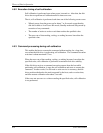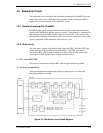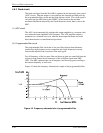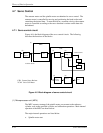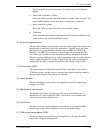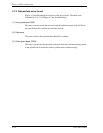
4.5 Self-calibration
C141-E203-01EN 4-7
4.5 Self-calibration
The disk drive occasionally performs self-calibration in order to sense and
calibrate mechanical external forces on the actuator, and VCM torque. This
enables precise seek and read/write operations.
4.5.1 Self-calibration contents
(1) Sensing and compensating for external forces
The actuator suffers from torque due to the FPC forces and winds accompanying
disk revolution. The torque vary with the disk drive and the cylinder where the
head is positioned. To execute stable fast seek operations, external forces are
occasionally sensed.
The firmware of the drive measures and stores the force (value of the actuator
motor drive current) that balances the torque for stopping head stably. This
includes the current offset in the power amplifier circuit and DAC system.
The forces are compensated by adding the measured value to the specified current
value to the power amplifier. This makes the stable servo control.
To compensate torque varying by the cylinder, the disk is divided into 13 areas
from the innermost to the outermost circumference and the compensating value is
measured at the measuring cylinder on each area at factory calibration. The
measured values are stored in the SA cylinder. In the self-calibration, the
compensating value is updated using the value in the SA cylinder.
(2) Compensating open loop gain
Torque constant value of the VCM has a dispersion for each drive, and varies
depending on the cylinder that the head is positioned. To realize the high speed
seek operation, the value that compensates torque constant value change and loop
gain change of the whole servo system due to temperature change is measured
and stored.
For sensing, the firmware mixes the disturbance signal to the position signal at the
state that the head is positioned to any cylinder. The firmware calculates the loop
gain from the position signal and stores the compensation value against to the
target gain as ratio.
For compensating, the direction current value to the power amplifier is multiplied
by the compensation value. By this compensation, loop gain becomes constant
value and the stable servo control is realized.
To compensate torque constant value change depending on cylinder, whole
cylinders from most inner to most outer cylinder are divided into 13 partitions at
calibration in the factory, and the compensation data is measured for
representative cylinder of each partition. This measured value is stored in the SA
area. The compensation value at self-calibration is calculated using the value in
the SA area.



